Recruiting & retaining young volunteers
Even though the number of young volunteers has remained constant for years according to the BMFSFJ’s Fifth Volunteer Survey, it is not easy for many organisations to reach them, let alone retain them in the long term. In this article, we therefore want to share our experiences and tips on recruiting and retaining young volunteers for your organisation.
Learn more about
Part 1: The target group and its needs
The world of volunteering is as diverse as the people who are involved in it. In this article, we take a closer look at the group of “young volunteers.” Who are they, what drives them, and what are their specific needs and desires? And how can you, as a nonprofit organization, develop an even deeper understanding of these individuals? Because this is the only way that organizations can sustainably recruit young volunteers for their work and retain them in the long term.

Who are the “young volunteers”?
Who exactly do we mean when we talk about “young volunteers”? To get a better idea, let’s take a look at the generation model and look at two generations in detail: Generation Y and Generation Z.

Generation Y describes all those born between 1981 and 1996. Characteristics for people of this age group are, among other things, a great interest in freedom and flexibility. They know how to use technical devices such as smartphones, laptops or tablets. They want an honorary position with meaning that is also fun for them.
People in Generation Z were born between 1996 and 2012. Gen Z wants more stability and security than their predecessors, but also tends to be somewhat less committed. They also have a very good understanding of technology and like to separate their private and working lives even more than the previous generation.
Of course, such generation models cannot describe a complex group consisting of many different individuals in detail. But they do help us to develop a rough understanding of the different age groups and their characteristics.
When we talk about “young volunteers,” we are referring primarily to 18 – 33 year olds.
What are the special wishes, motivations, and needs of young volunteers?
To better understand their needs and motivations with regard to volunteering, we conducted a nationwide volunteer survey in 2020 with over 1,000 participants between the ages of 18 and 33. The results helped us gain a better understanding of this group and their engagement behaviors. Among other things, we also asked participants about the main reasons and motivations behind their community involvement.

Shaping society & tackling problems
By far the most frequently cited reason was the desire to actively help shape society and contribute to solving a social or societal problem. When looking for and deciding on a volunteer position, young volunteers therefore pay attention to the vision of the social organization, the contribution it makes to society and how the work of volunteers in the organization contributes to this.
So it is important that nonprofit organizations clearly formulate their vision and goals and present them in their volunteering postings. For interested volunteers, it must be understandable and clear how their own involvement will advance this vision. In addition to clearly describing the areas of responsibility and the requirements needed, volunteer applications should also make it clear what benefit the commitment will have for the organization and for the achievement of its goals.
A good example of a clearly formulated vision, is the description of Start with a Friend e.V.:
Start with a Friend e.V. (SwaF) is a non-profit association with 27 locations in Germany. Our vision is a society that lives its diversity. All people feel comfortable and have an equal say in shaping it. To achieve this, we create personal encounters between people with and without an immigration history: through 1:1 tandem partnerships, encounters in clubs, activities in women’s communities, diverse community events and a joint commitment.
In the case of the #BIKEYGEES e.V. the social benefits of volunteering become very clear:
Every woman in the world should be able to ride a bike. And be allowed to! For us, cycling means being on the move in a cost-effective and environmentally friendly way, enjoyment of movement, helping to explore one’s own surroundings, freedom and independence. Not every woman has the opportunity to learn how to ride a bike. That is why we exist. Our training creates immediately visible and sustainable changes for the reality of the participants’ lives.
Young people are critical and want to create something significant and meaningful with their invested commitment time. It is also up to the organizations and their communication to convey this feeling to them.
Who do you want to reach? Get to know your target group
Before you jump into the “young target group”, it is first worth finding out who exactly you actually want to recruit for your organization and your area of volunteering. In order to target the “right” people from this large group of potential young volunteers, it is therefore crucial to know and understand your target group even better. One method that has proven to be extremely useful in determining the target group is the “persona method”.
Personas as a helpful foundation
The persona method is a strategy that aims to create clear and detailed profiles of “ideal” volunteers. These profiles are called “personas” and include information about demographic characteristics, interests, skills, motivations, and communication preferences. The goal is to develop a concrete idea of who the people are who should volunteer or support the organization.
Creating a persona takes research and time, but it creates a shared vision and better focus among the team.
In the erzähl davon podcast (German) Katrin explains the persona method in more detail and gives 5 helpful tips for working with it.

Insufficient knowledge about the target group and a lack of communication about one’s own goals and visions can make it difficult for associations and organizations to activate and retain young volunteers. So try to think about how you can implement the tips above and how to integrate them into your search for volunteers together as a team.
In the next part of our blog series, as a part of the #vostelacademy, we will focus on the question: What are the best channels to reach young volunteers? To do this, we will dive into the world of social media and talk about the right way to address the target group.
If you and your team want to learn even more about volunteer recruitment and management, you now have the opportunity to sign up for our “Volunteer Management 2.0.” workshop at 01.30. & 01.31.2024. In this multi-part, interactive course, you will delve even deeper into the topic, be able to share your experiences with other associations, and gain valuable knowledge on how to recruit young volunteers.
Part 2: The young volunteers’ information channels
In addition to a basic understanding of “young volunteers”, their motivations and needs before and during volunteering, you should of course also know which digital channels you can use to reach young volunteers and motivate them to get involved. In the second part of our blog series “Finding young volunteers and retaining them in the long term”, you can read about which channels these can be, what you should consider when communicating your requests and how you can decide which channels make the most sense for you.

You can reach young volunteers through these channels
Webseite
Your own website should be an important channel for publicising your volunteering opportunities and presenting your work and vision in general. It offers a central platform for addressing and recruiting young volunteers. By being present in the digital space, you can effectively communicate your mission, values and projects and can be found via search engines such as Ecosia or Google.
A well-optimised website with a strong SEO strategy also increases your visibility in search engines. This makes it even easier for potential volunteers to find your organisation and find out about your activities. However, as SEO is not without its challenges, it can be beneficial to seek support from experts.
Platforms for volunteering
The use of volunteering platforms such as Aktion Mensch or vostel.de has several advantages. Firstly, many people who want to get involved are already registered there and the websites are SEO-optimised, meaning they are easy to find for people looking for volunteering opportunities. Secondly, creating a job advert on a volunteering platform takes relatively little time for you. Especially when you compare this to setting up and maintaining a social media account or your own website.

Engagementplattformen mit ihren Reichweiten und den großen Freiwilligenpools sind also im Grunde kostenfreie Marketingtools, die du zur Gewinnung von jungen ehrenamtlichen Mitarbeiter*innen unbedingt nutzen solltest.
Social media, such as Instagram or TikTok
Being present on social networks with your own content is actually essential today. Young people no longer use social networks such as TikTok or YouTube purely for entertainment, but increasingly to find out about current events and topics.
By having a presence on Instagram or TikTok, your organisation can share its message and work in a creative and visually appealing way. These platforms allow you to tell stories, provide insights into your projects, build reach and mobilise your community. By using social media, you can also interact directly with your target group, for example by conducting surveys in Instagram Stories or responding to comments and messages quickly and easily. This also promotes a personal connection to your organisation.
It is important that you do not underestimate the effort required for one or more social media channels. For a well-maintained channel, you should plan enough time to regularly create interesting content and interact with your community.
3 tips for your commitment advertisement as a basis for acquisition
A commitment advertisement, which you can share on various channels, is basically something like a job advertisement for volunteer work. It is a description of the activity for which your organisation is looking for support. It should therefore arouse the reader’s interest, be clearly understandable and arouse curiosity about the organisation and the task. You can find specific examples of what an advert can look like on our platform, for example. The following 5 tips can help you to formulate a good advertisement:
Spark interest with the right title
A concise and descriptive title is the be-all and end-all for a good first impression. To achieve this, the title should describe as precisely as possible what the activity is and who the target group of the engagement is. Over the years, the following “title formula” has established itself as particularly successful on our platform:
Title = nominalised verb of activity + object + target group
A good example: ” Preparing food in an emergency shelter for homeless people”. Or in a direct approach: “Prepare meals in an emergency shelter for homeless people”
This type is particularly attractive because the volunteers know directly what their task will be and which group of people they will be supporting.
Formulate friendly, direct & structured
Use phrases such as “You could help us…” or “We would be delighted if you…” to show interested parties that they have a say and the right to shape the organisation, that their work is valued from the outset and not taken for granted. You should also always address the volunteers directly instead of writing in the third person – this simply comes across as much more inviting and activating. Also, make sure to include the most important (and most exciting) information without unnecessary details.
Pay attention to inclusive & appropriate language
It is of course up to your organisation whether and how you use gender-appropriate language, but it should be emphasised that intercultural openness and political correctness are becoming increasingly relevant for young volunteers. The gender dictionary “Geschickt Gendern” can give you inspiration and tips on how to use gender-appropriate terms correctly in your advert. In addition to gendering, the correct naming of certain groups of people also shows a reflective and sensitive approach to language and marginalised groups. For example, instead of referring to “refugees”, “disabled people” or “foreigners” in your job advert, you could use “people with a refugee background”, “people with disabilities” / “disabled people” and “people with a history of migration”.
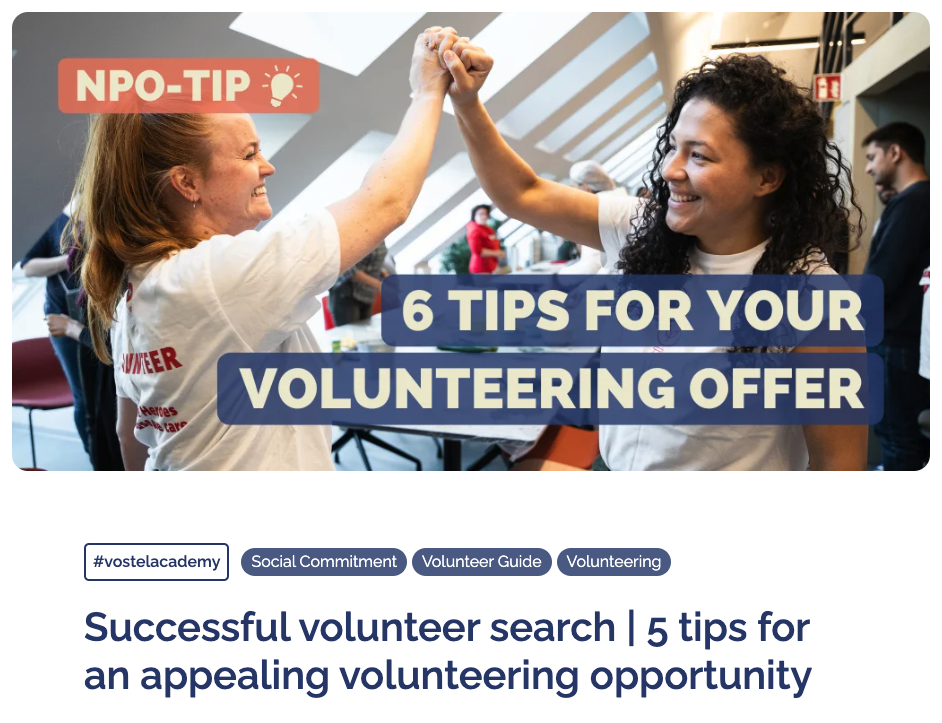
You can find even more tips for your volunteer advert in our blog post on successful volunteer search.
Which channels should you use to recruit volunteers?
You should definitely ask your team this question before you start communicating externally. After all, it is only worth becoming active on various channels if you really have the necessary resources, for example human and financial resources, to regularly take care of the accounts. Perhaps you are part of a small team of volunteers who, in addition to their other tasks, only have limited capacity to look after a TikTok, Instagram and YouTube channel at the same time. Then it probably makes sense for you to focus on the channel where you can reach the most potential volunteers for your organisation.
Even if it seems as if “everyone” is always present on “all” platforms and you therefore feel you have to be, it is most important that you pay attention to your own personal resources and opportunities. This is the only way to share really good and motivating content in the long term.
To help you decide which channels suit you and your possibilities, you can ask yourself the following questions:
- Who do I want to reach and who can I reach?
- How many resources do I have (financial and staff)?
- Do I have enough content?
Part 3: The long-term retention of young volunteers
In addition to successful recruitment, the long-term retention of young volunteers is an important goal for organisations in order to have constant and reliable support for their work. In this final part of our blog, we will therefore take a look at what helps you to retain young volunteers in your organisation in the long term.

Appreciation as important motivator in retaining young volunteers
We all like to be appreciated and recognised. In the same way, it is also an important motivation for young volunteers to get involved with an organisation in the long term. There are various ways in which organisations can convey appreciation to their volunteers. From our survey of young volunteers in 2020, the following three forms emerged as the most important for them:
- Personal praise and appreciation is the most important form of recognition for around half (48%) of those surveyed. While praise is always linked to an achievement, appreciation refers to the general esteem and respect for the person. Irrespective of their achievements, volunteers should therefore always be treated with appreciation. And even if it seems so: this never works silently but must be actively communicated verbally or through gestures. In addition to kind words, this can also include personalised Christmas cards, a small gift for a birthday or even team events.
- A certificate or written confirmation of their commitment is the second most important form of recognition for young volunteers. Many use these certificates for their CVs or when applying for a job or a scholarship. Fortunately, this type of recognition is relatively easy to implement. We recommend that you create a template that you can then quickly personalise for the volunteers.
- Training programmes are also an important motivator for young volunteers. This is because they are closely linked to one of the main reasons why young people get involved in the first place: Personal development and education. Training programmes can be both subject-specific and enable the development of certain skills and interests. Here you can access a range of free and digital offers from training platforms specifically for non-profit organisations. These include, for example, the betterplace Academy, the Haus des Stiftens or D3- so geht Digital.
Perhaps a small survey among your volunteers can also provide you and your organisation with valuable information to better understand your own culture of appreciation and adapt it to the different needs of your volunteers. Simply conducting such a survey can have a recognising effect on the volunteers, as they are asked for their opinion and included in the process.
So what we want you to take away: There is no secret recipe for showing appreciation to all your volunteers, but it’s the mix that counts. Not only certificates and praise are important, but also spending time together with the team, small gifts or even a public honour can make volunteers happy and keep them motivated in the long term.
Learn about the motivations of volunteers in order to retain them in the long term
As with recruitment, it is also important for longer-term retention to know the motivations of your volunteers and, if possible, to reinforce them. To give you an idea of what these might be, here are two examples:
- Self-efficacy: If the primary motivation of a volunteer is that they want to get involved to help solve a problem (e.g. helping refugees to learn German quickly), then it could have a long-term motivating effect for this person if they repeatedly receive feedback that and how their contribution is significant for the success of the organisation as a whole.
- Personal exchange: Other volunteers may primarily want to come into contact with new people through their commitment and build personal relationships with other volunteers. For them, a motivator for long-term commitment could be regular team events or time for socialising. Whether in the form of cooking evenings, internal team training or simply by planning enough time for breaks together.
Here too, we recommend that you actively engage in dialogue with your volunteers in order to better understand their motivations.
Recruiting young volunteers via vostel.de
You now have a good idea of who the young volunteers are and what makes them tick? Then you can start looking for volunteers straight away and register your organisation on our vostel.de platform with just a few clicks and post projects online for which you are looking for support. We will be happy to support you personally with any questions about registration and creating appealing applications.
Your vostel.de Team wishes you all the success in recruiting and retaining young volunteers!
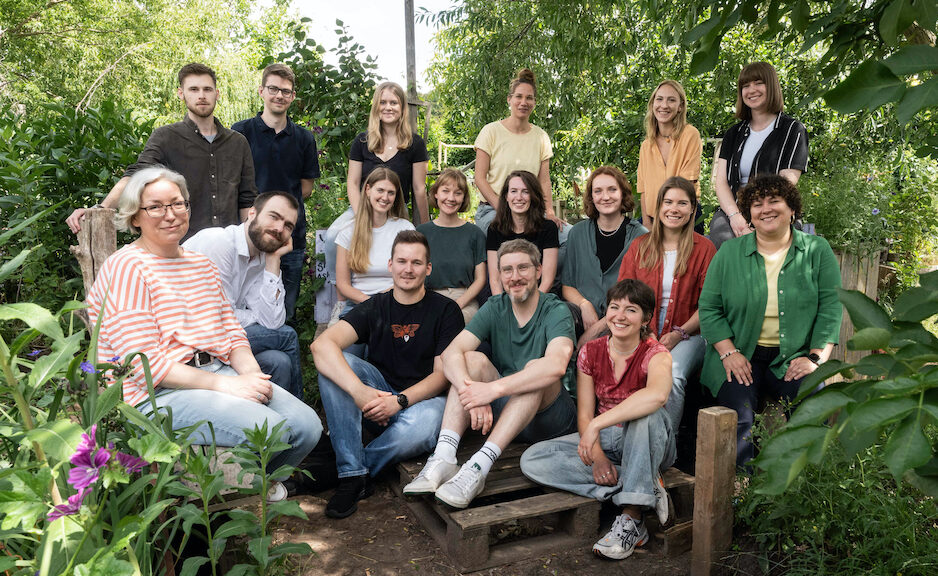


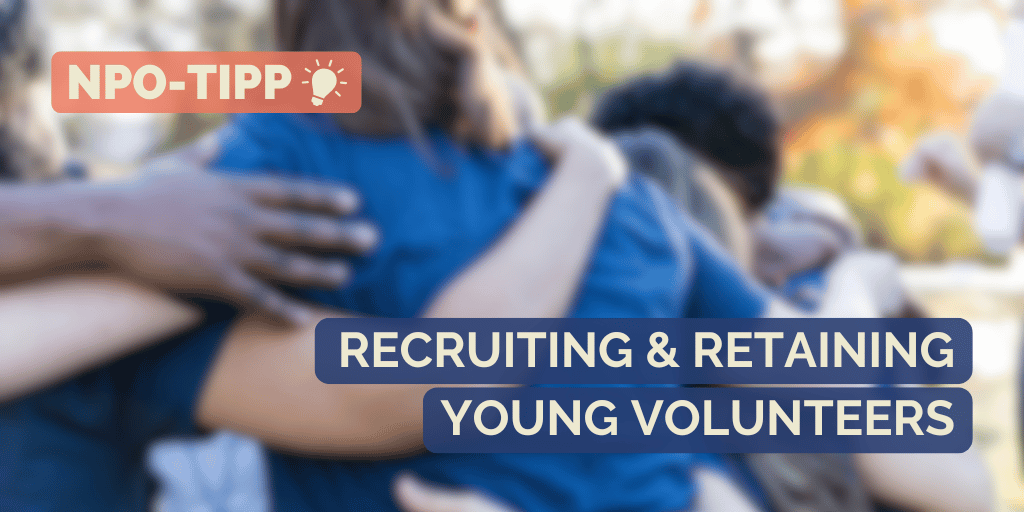
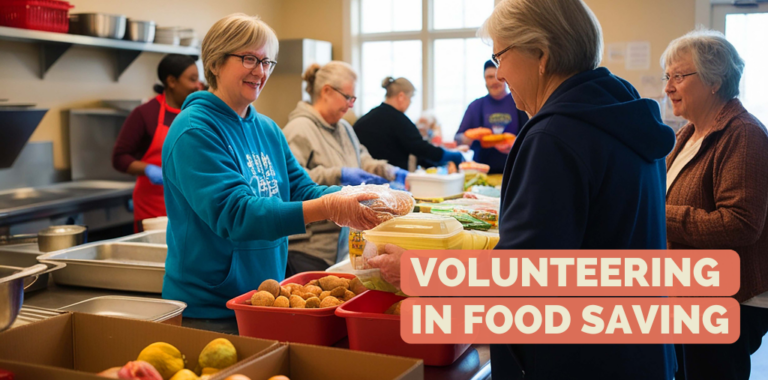

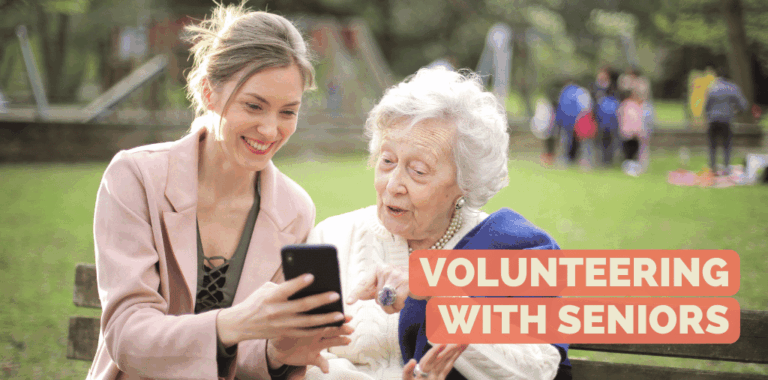


No Comments yet!